Inch.an the article published in ; tells how we can change our perspective on life in five seconds with the story of an entrepreneur named Mel Robbins. Writer, entrepreneur and award-winning TV announcer Mel Robbins and his family faced bankruptcy in 2008.

Mel was unemployed and without money, while her husband had invested in a restaurant, but things had not gone as he had hoped. Because of this economic hardship they have experienced, even simple decisions such as getting out of bed in the morning in their lives have required a lot of effort.
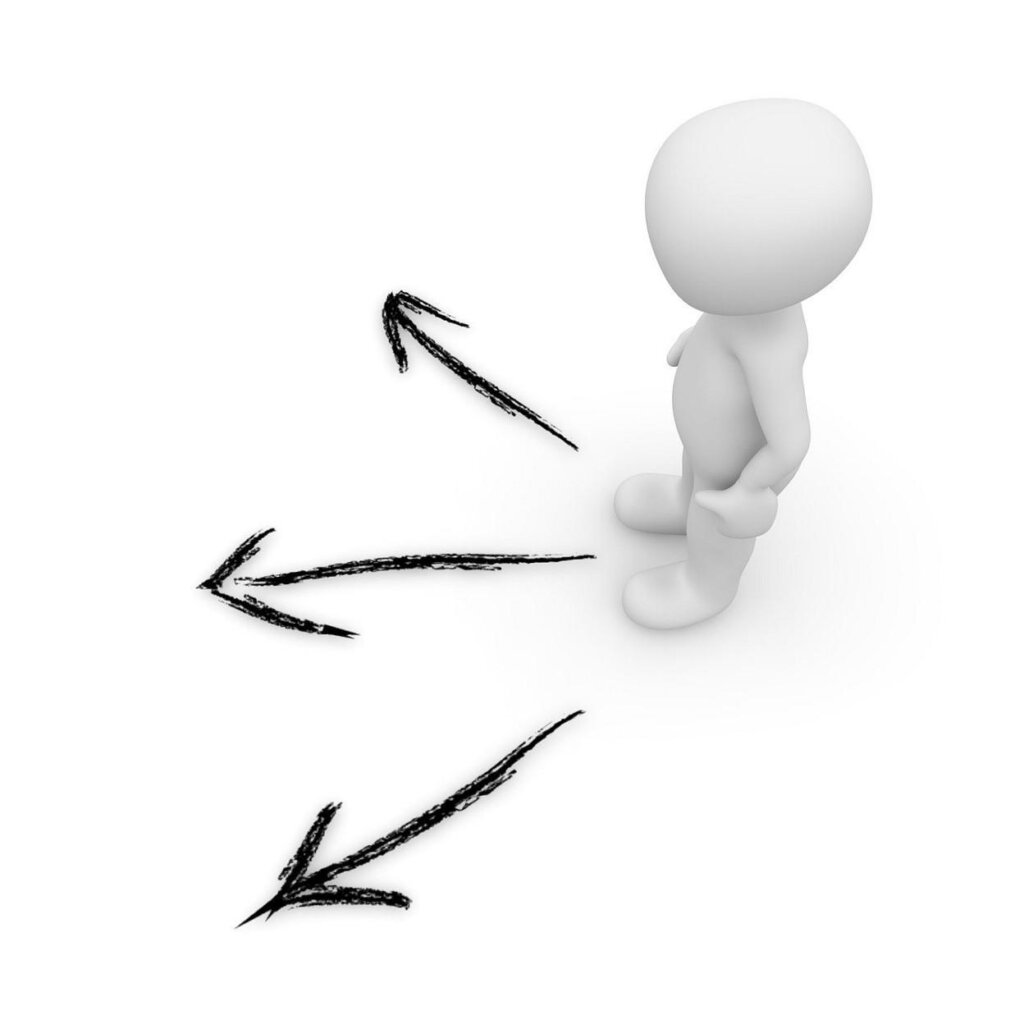
Mel Robbins said in an interview, “Are you talking about being motivated? Obviously, I didn’t have the motivation to accept this situation and the conditions I created as they are.” I said. To get out of his depression, he needed more than motivation, a strategy that would allow him to take action.
Harvard professor Gerald Zaltman says that we make 95% of our decisions not with logic and rational thinking, but with our emotions and how we feel about an action, and our decisions are shaped accordingly. Mel Robbins also became aware of this situation.
“Most of the time when you have something to do, it doesn’t feel right to do it from the inside. It’s a big mistake to sit in such situations and think that you need to be motivated first. And it’s an even bigger mistake to think that you will want to do this yourself after a while.”
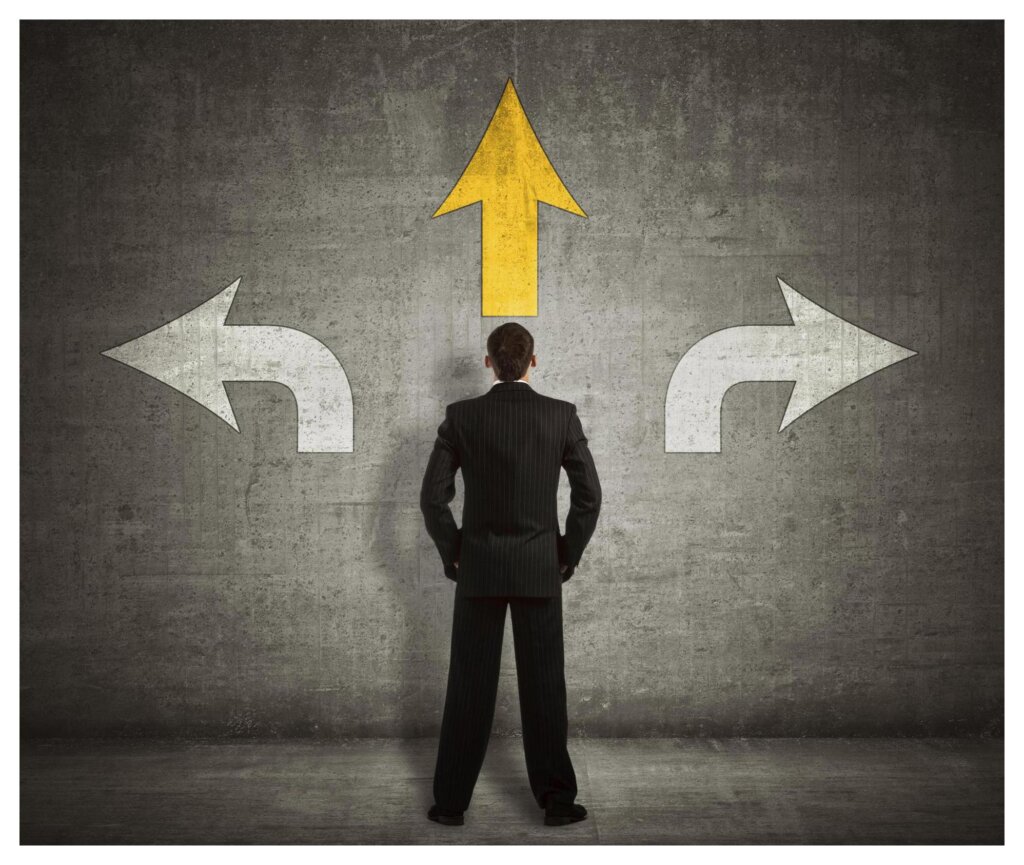
The 5-Second Rule
One day Mel Robbins came across a rocket launch commercial on TV and decided to launch it out of bed, counting down from five in the same rocket detection. After the alarm sounded in the morning, he counted down from five and did it the next day and the day after that.
He was counting down from five even for jobs where he felt he no longer had the energy, and the result was positive. After some time, this rule became its own rule of life for Robbins.
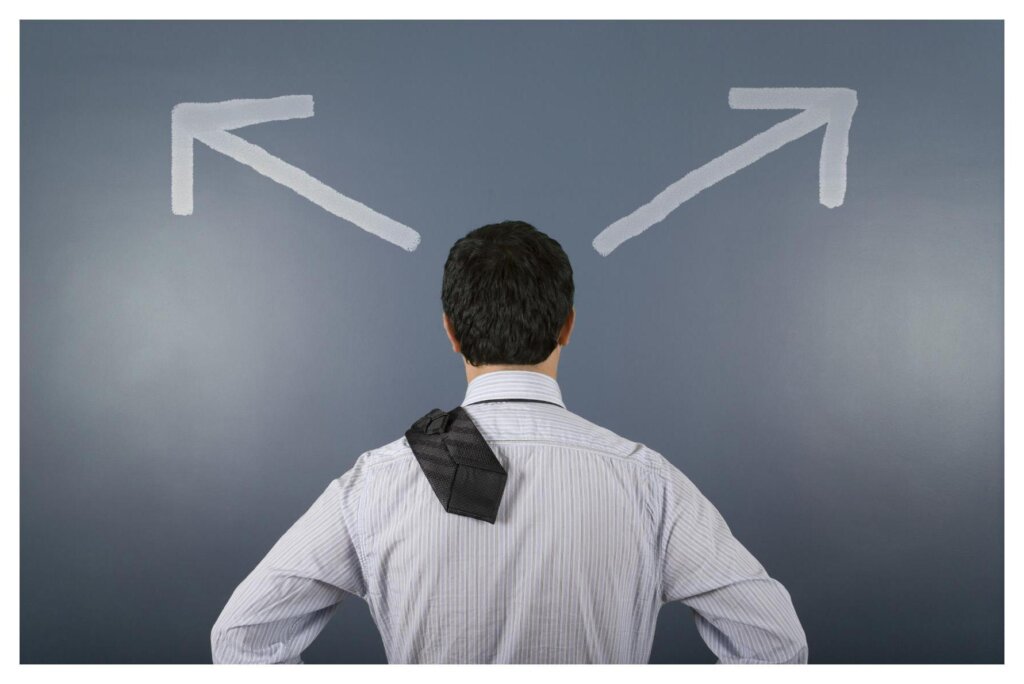
“Life, and especially work, is achieved by forcing yourself to do things that you find difficult.”Robbins notes that not waiting and not taking action is the secret of the job.
We still have instincts that are an accumulation of years dating back to very ancient times, our ancestors. And one of them tells us, save your energy, don’t waste it, or you could die.
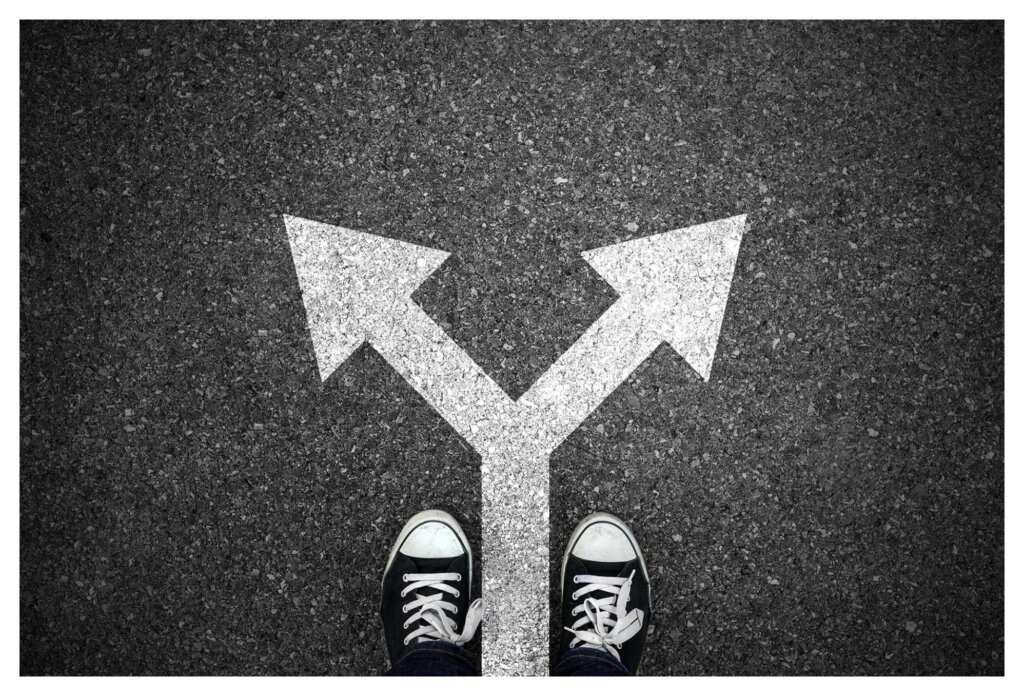
A long time ago, a person was careful not to waste his energy, because he walks around doing nothing, if he gets tired unnecessarily, he can suddenly start chasing a predatory animal and find himself in a situation where he has no energy left to get rid of it. That’s why our instincts tell us to save your energy.
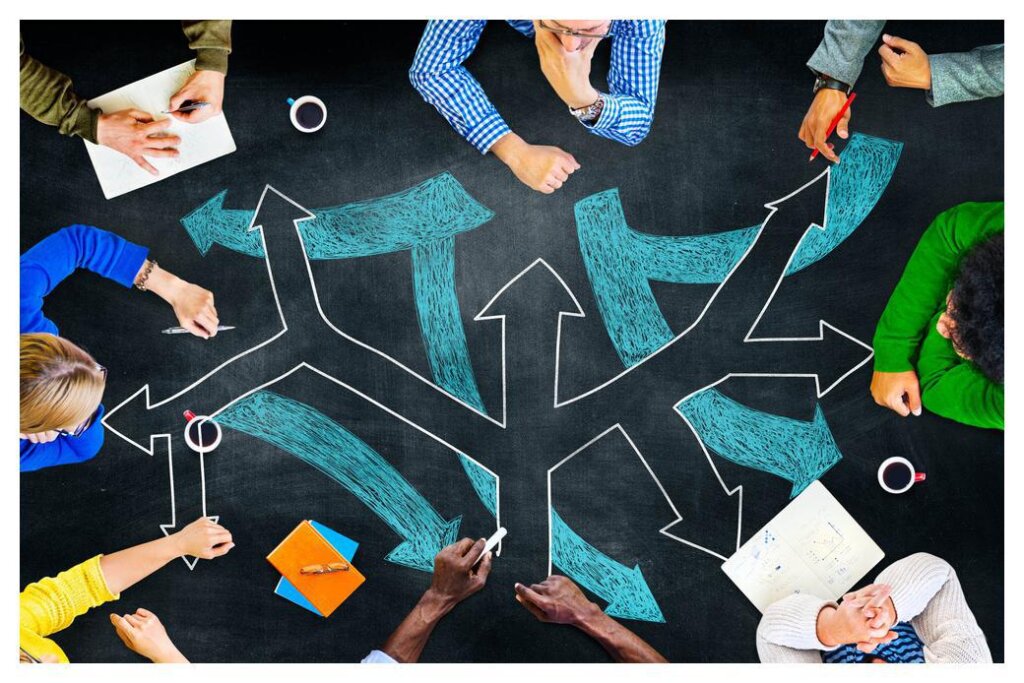
She is now 21 years old. we are beings living in the century, and the jobs that our instinct ‘itself’ finds unnecessary are now necessary. For example, reading a book is an action that does not bring any immediate benefit, but is beneficial in the long run.

This is where our instinct comes into play, and he sees this as an unnecessary expenditure of energy, if not an instant benefit. He is doing his best to distract from the action. The five-second rule helps us here. Let’s get down to business, count to five, before we let go of instincts and emotions.

The Importance of 5 Seconds
Robbins said, “Logically, we want to believe that we are making the best decisions for our business. The fact is that 95% of decisions are based on how we feel right now.” he says.
Negative emotions such as fear, uncertainty and anger affect our decisions more. According to the research, there is a five-second gap between our Decisions.
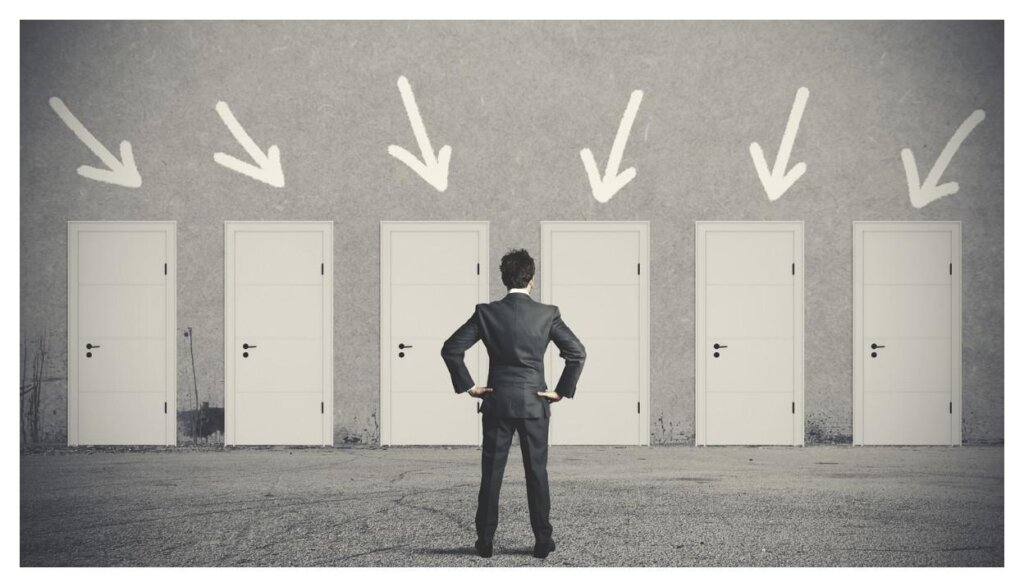
If you take control without waiting for a decision to be made within these five seconds, your life and work are changing a lot. You are preventing your emotions from influencing your decisions and the work you need to do.
What is the scientific side of this?
Counting backwards forces the brain to stop, focus and take care of something else. In this way, your brain can now make decisions without being influenced by fear, doubt, anger, or any strong emotion.
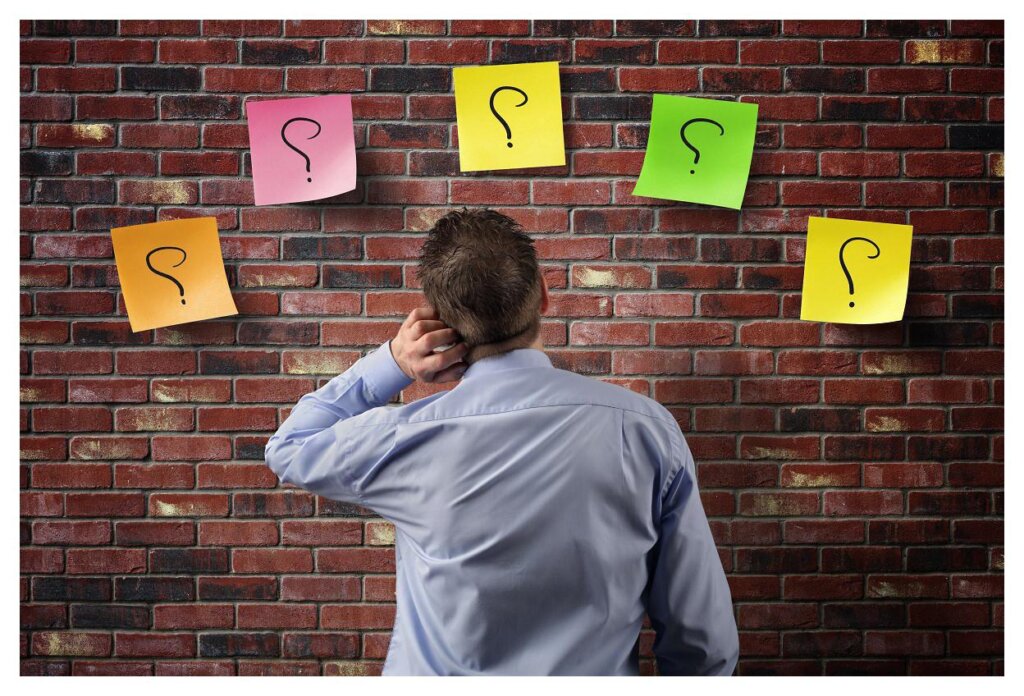
With this method, you learn that a part of the brain located in the frontal cortex that you are using to change behavior is new, or that your thoughts are active somewhere directly.
This way, instead of letting your brain sabotage you, you use the best cognition technique that changes the gears in your brain and makes it easier for you to make decisions.
0 Comments